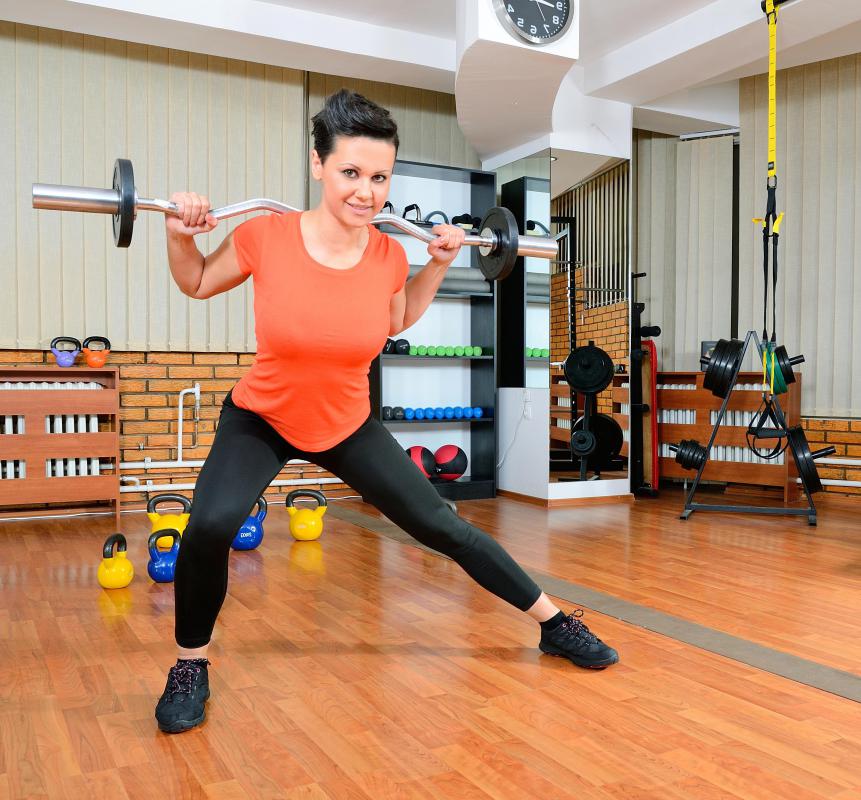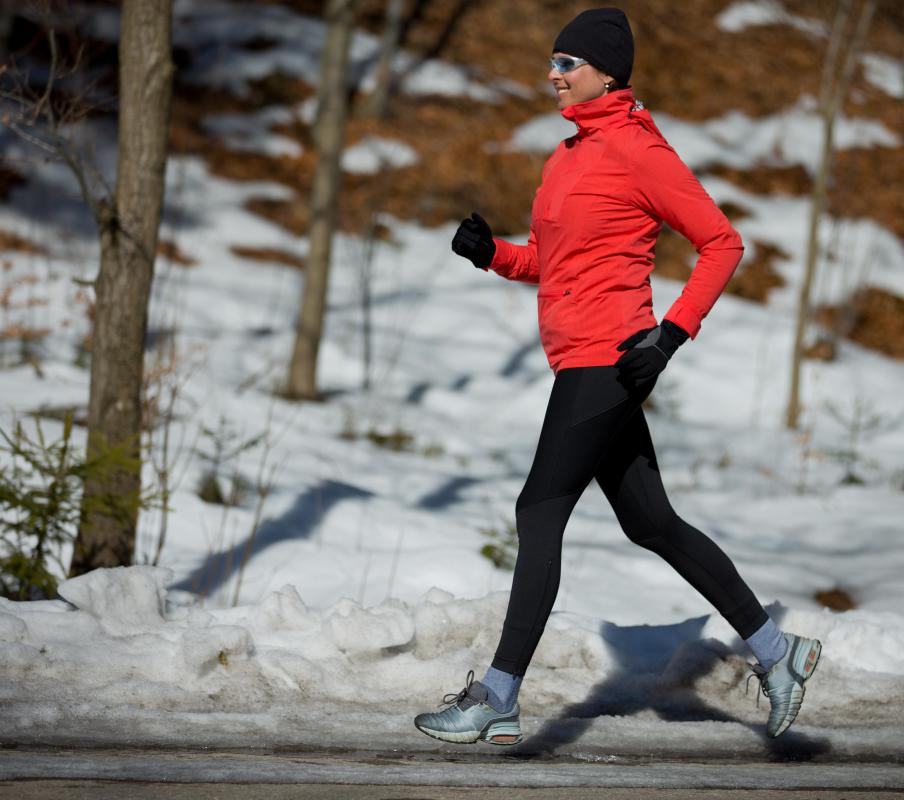At WiseGEEK, we're committed to delivering accurate, trustworthy information. Our expert-authored content is rigorously fact-checked and sourced from credible authorities. Discover how we uphold the highest standards in providing you with reliable knowledge.
What is a Coronal Plane?
The coronal plane is a plane that divides the body vertically into anterior and posterior, or front and back, sections. Also known as the frontal plane, it is used in anatomy to describe motions that are performed to either side of the body. In other words, movements that occur side-to-side rather than front-to-back, as in raising one’s arms laterally to shoulder height, occur in the coronal plane. It may also be used as an anatomical reference to illustrate where a given body part is situated relative to another.
One of three planes through which the body moves, the coronal plane is depicted in anatomical illustrations as a vertical plane bisecting the body like a sheet of glass, so that the body is separated visually into anterior and posterior halves. Other planes of movement include the sagittal and transverse planes. Movement in the sagittal plane — also a vertical plane but one which divides the body into left and right sections — occurs front to back, as in walking or performing biceps curls. The transverse plane, on the other hand, is a horizontal plane that bisects the body into superior and inferior, or top and bottom, sections. Movement in the transverse plane is circular and occurs around a vertical axis, as in rotation of the trunk around the spine or bringing the arms together in a chest fly.

Though much of human movement occurs in the sagittal plane, as in walking, riding a bike, or lifting objects in front of the body, coronal plane movement is fairly common in daily life. Bending sideways to pick up a briefcase and reaching across to unlock a car door from the inside are both examples of movement in this plane. Many of the body’s muscles specialize in coronal plane motions and are generally located on the sides of body. These include but are not limited to the deltoids, which are found on top of the shoulders and which lift the arms to either side; the quadratus lumborum, which is found on either side of the torso and which enables lateral flexion, or side-bending, of the trunk; and the gluteus medius, which is located toward either side of the hip and which assists in hip abduction, or the lifting of the leg to the side.

Many cardiovascular and strength-training fitness programs neglect training in the coronal plane. Walking, jogging, cycling, and stair-climbing only occur front-to-back. Similarly, commonly trained muscles in the weight room include the chest, biceps, abdominals, and quadriceps, which largely control sagittal plane movement. Incorporating exercises like side lunges, lateral walking with a resistance band, side planks, and lateral shoulder raises ensures that these muscles receive equal treatment and that the body does not suffer from muscular imbalances.
AS FEATURED ON:
AS FEATURED ON:















Discuss this Article
Post your comments